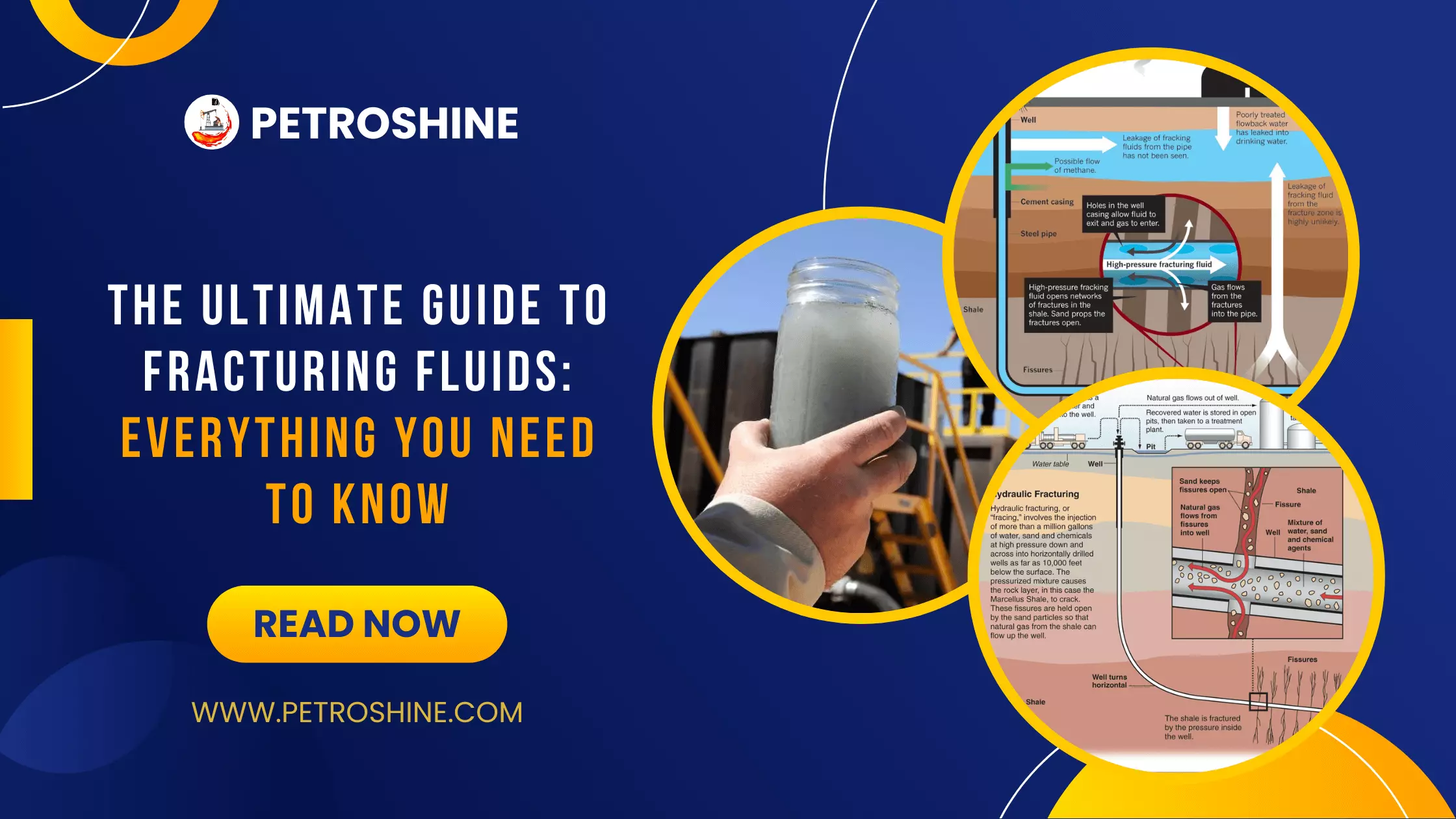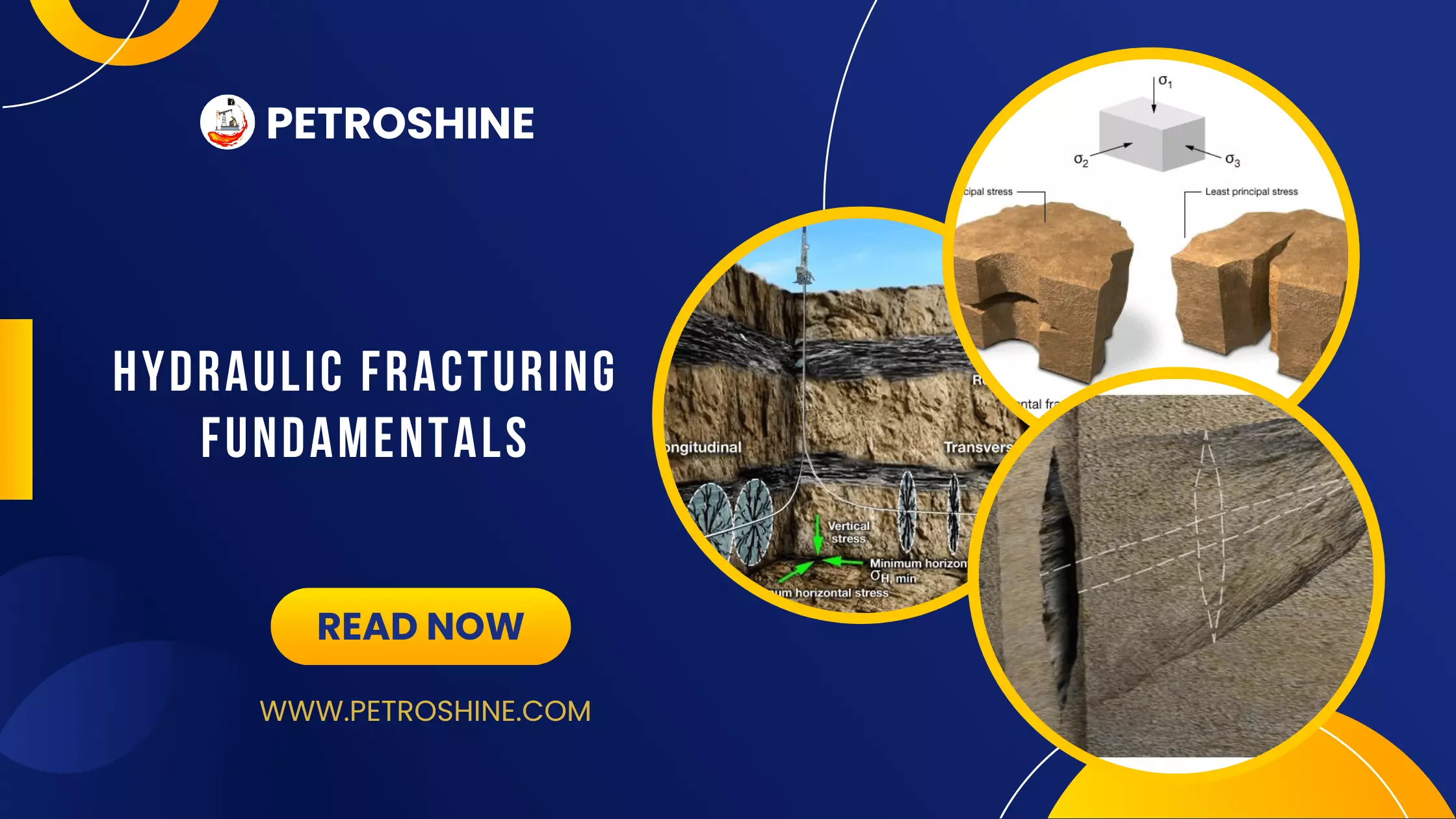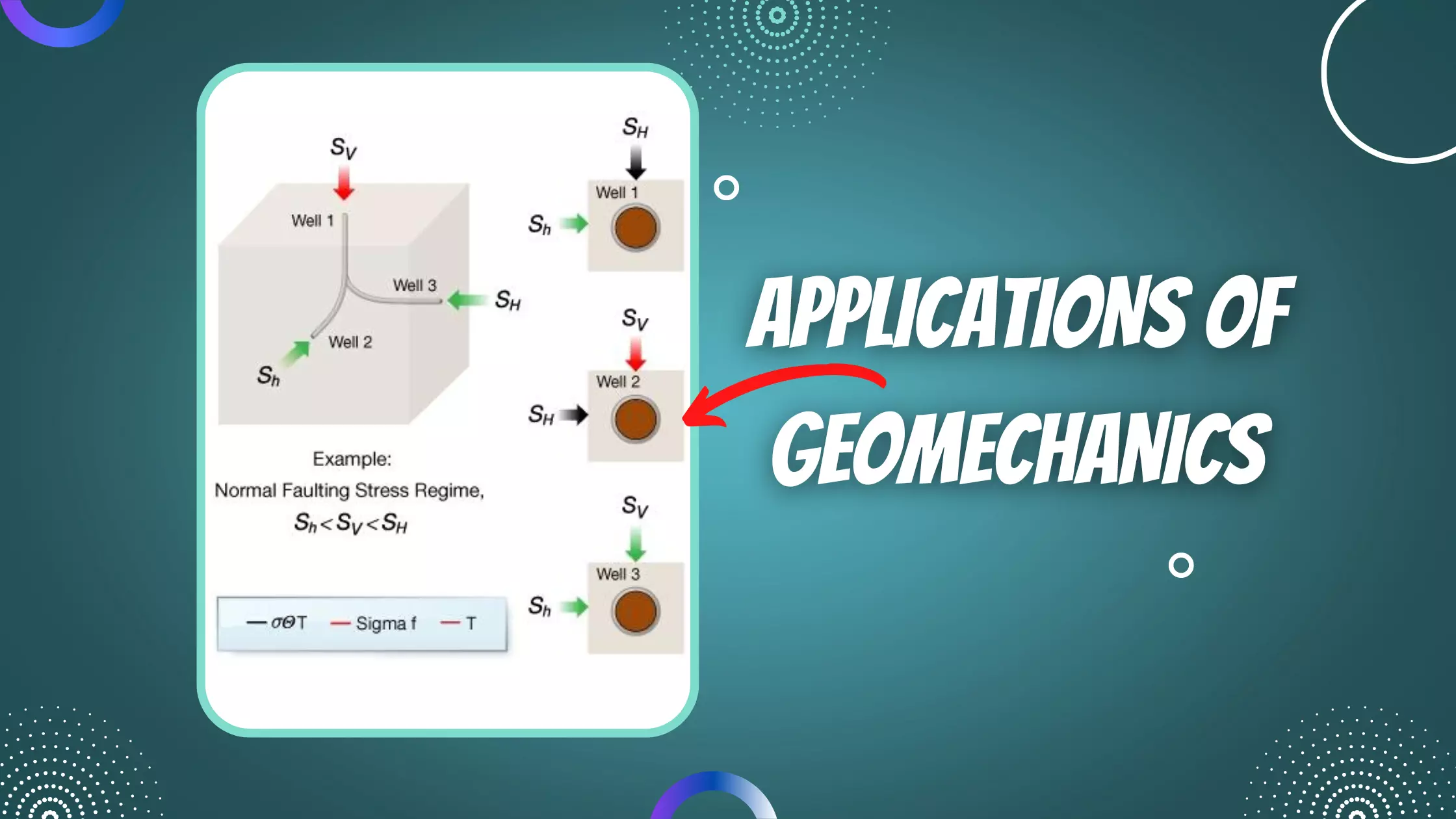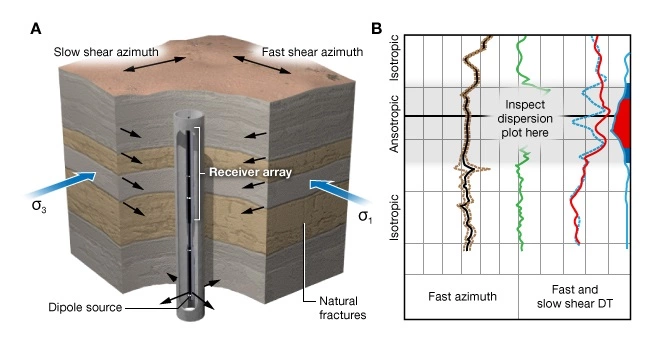- Learning Objectives
- Introduction
- What is Mechanical Earth Model in Reservoir Geomechanics?
- Sources of Data for Mechanical Earth Model
- Geological Data for Mechanical Earth Model
- Seismic Data for Mechanical Earth Model
- Drilling Data for Mechanical Earth Model
- Borehole Measurements for Mechanical Earth Model
- Rock Samples for Mechanical Earth Model
- The Mechanical Earth Model (MEM)
- Mechanical Earth Model MEM Workflow
- Process for Level 1 Mechanical Earth Model
- Step 1: Data Audit
- Step 2: Framework Model
- Step 3: Mechanical Stratigraphy
- Step 4: Elastic Properties
- Step 5: Rock Strength
- Step 6: Overburden Stress
- Step 7: Pore Pressure
- Step 8: Least Horizontal Stress Model
- Step 9: Maximum Horizontal Stress Model
- Step 10: Stress Direction
- Step 10: Completed MEM
- Model Revision
- Benefits of the Mechanical Earth Model
- Assignment Mechanical Earth Model
- Frequently Asked Questions (FAQs)
- Assessment Mechanical Earth Model
Learning Objectives
After completing this topic “Mechanical Earth Model“, you will be able to:
- Define a Mechanical Earth Model and state the contributing components.
- State the sources of data used in a Mechanical Earth Model.
- Describe the purpose and application of a Mechanical Earth Model.
- Describe the sequence of steps involved with producing a Mechanical Earth Model.
- Understanding the Mechanical Earth Model in Reservoir Geomechanics
Introduction
The Mechanical Earth Model (MEM) is a valuable tool used in reservoir geomechanics to understand the behavior and properties of subsurface formations. It plays a crucial role in optimizing reservoir management strategies and ensuring efficient hydrocarbon production. In this article, we will delve into the concept of the Mechanical Earth Model in reservoir geomechanics, its applications, and its benefits in enhancing reservoir management. So, let’s get started!
What is Mechanical Earth Model in Reservoir Geomechanics?
The Mechanical Earth Model (MEM) is a comprehensive representation of the mechanical properties of subsurface formations. It combines geology, geophysics, and engineering principles to create a detailed understanding of the mechanical behavior of reservoir rocks. The MEM takes into account factors such as stress distribution, rock strength, and fluid flow properties, which are crucial for reservoir characterization and management.
Understanding the mechanical behavior of reservoir rocks is essential for various aspects of reservoir management, including wellbore stability, hydraulic fracturing, and production optimization. The MEM provides insights into the stress regime and rock deformability, enabling engineers to make informed decisions and mitigate potential risks.
The Mechanical Earth Model (MEM) provides the context for introducing sources of geomechanics data that are involved with the modeling process. The MEM is a concise record of the geomechanical information required to implement geomechanical workflows. It is not a reservoir model. Rather, it spans the entire stratigraphic section from the surface of the earth to below the reservoir or other zone of interest. It comprises the best current information about:
- Geologic structure
- Permissible rock deformation mechanisms
- Rock mechanical properties
- State of stress
Figure 1 illustrates the components of a mechanical earth model (MEM).
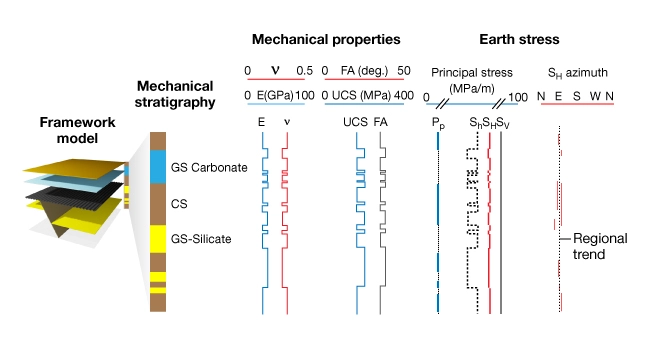
The MEM is defined by a series of components shown schematically including:
- Framework model
- Mechanical stratigraphy
- Mechanical properties, (
 ,
,  , UCS, Friction Angle)
, UCS, Friction Angle) - Earth stresses: pore pressure,
 ; principal stresses,
; principal stresses,  ,
,  ,
,  ; stress direction.
; stress direction.
 Petro Shine The Place for Oil and Gas Professionals.
Petro Shine The Place for Oil and Gas Professionals.
